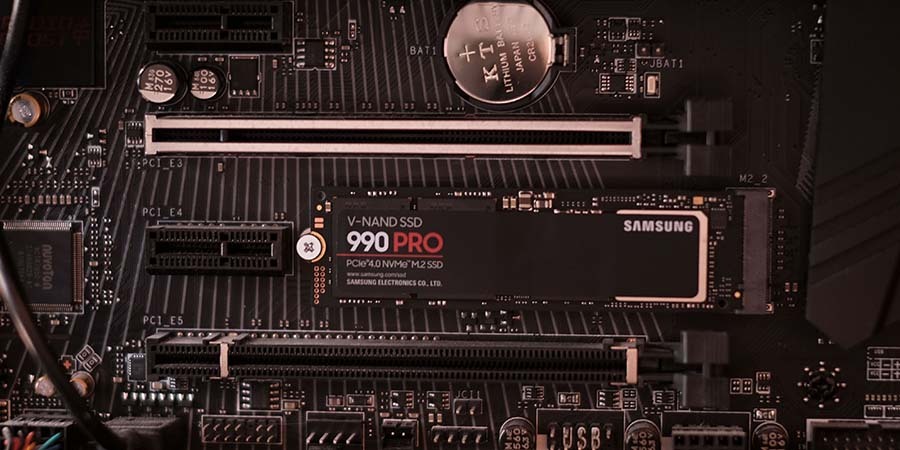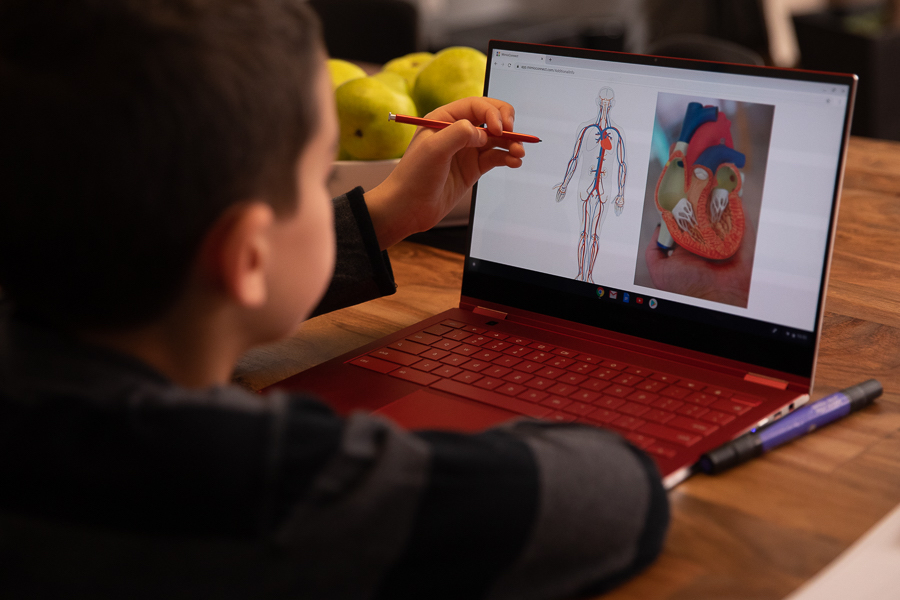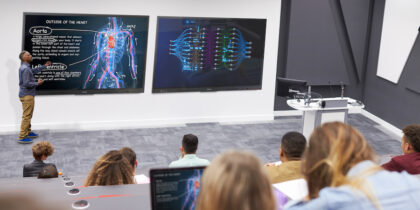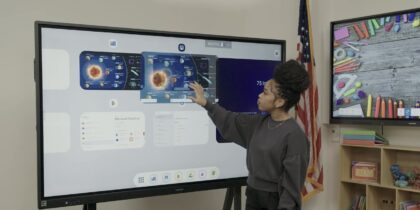It’s been a quarter century since one-to-one computing made its debut in the K-12 world The practice accelerated significantly during the COVID-19 pandemic, as children studied at home, and personal technology became a must-have rather than a nice-to-have.
Since schools reopened for in-person learning, educators have been working to create a post-pandemic game plan. Technology is naturally becoming a big part of that and receiving support from an impressive lifeline: $190 billion in federal funding 1from the Elementary and Secondary School Emergency Relief Fund.
Some of that money is going directly to purchase new devices and technology2, according to a Government Technology story. In fact, nearly every secondary school and 84% of elementary schools are currently providing students with a one-to-one computing experience, according to EducationWeek.
Solid state drives (SSDs) play a critical role in this growing resume of technology available to schools, especially in overcoming common challenges of technology. Here are five pain points that students and teachers face with technology in the classroom and how SSDs can alleviate them.
1. Technology misuse and breakage
Consider the typical K-12 classroom. Whenever you get a group of 20 or more students in the same place with laptops, desktops and tablets, something’s invariably going to get dropped, bumped or broken. This is why most schools have insurance. Even so, the remediation can prove challenging and often comes with high repair and maintenance costs — not to mention a scramble to provide alternate or loaner devices to the affected students or classrooms.
With a reliable technology solution like SSDs, however, schools can worry less about potential device damage in the classroom. This is largely due to the architecture of SSDs. Because SSDs have no moving parts, they are much harder to damage, and the chances of device failure significantly decrease.
2. Uncharged devices
In the past, teachers required students to come to school with pencils and paper. In today’s digital age, that list now includes a fully charged device. However, as anyone with a personal computing device knows, it’s easy to forget to charge it or lack the ability to do so, due to a missing cable, few outlets or other issues. That means there will always to be instances when students come to class with their devices un- or undercharged.
SSDs are a technology solution that can help overcome this. In comparison to hard disk drives (HDDs), SSDs require significantly less energy and therefore generally last longer. By replacing an HDD with an SSD, schools can extend the battery life of a student’s laptop
3. Lag time
When a teacher asks students to open their books, there are a few seconds of waiting as they take their books out of their desks and flip to the right page. When a teacher asks students to take out and turn on their laptops or tablets, there’s a good chance that the wait will be significantly longer — especially if the device is equipped with a traditional HDD.
Your guide to SSDs in the virtual classroom
Virtual learning is here to stay. Learn why fast, reliable storage is critical for educational institutions. Download Now
Unlike an SSD, an HDD uses a spinning disk to store data, and an actuator arm moves back and forth like a vinyl record player to read and write that data. It takes time for the HDD’s controller to hunt for application data, read it and make it actionable. Even the fastest spinning drives have this issue.
SSDs operate much faster than HDDs because data is stored on flash memory that can be instantly accessed, drastically reducing lag time. In fact, SSDs significantly outperform HDDs when it comes to lag and overall speed. While traditional HDDs spin between 5,400 and 7,200 RPM to locate and retrieve data, SSDs can do it almost instantaneously.
4. Unreliable devices
Most technology is relatively reliable, but in the classroom, teachers and students can’t always afford downtime. Traditional HDDs are more likely to experience failures due to manufacturing defects and overall wear and tear. Like everything with moving parts, every time an HDD reads data it comes to closer to its average time of failure.
Since SSDs don’t include any moving parts, the chances of these storage devices experiencing mechanical failures drop significantly as compared with HDDs.
5. Bulky, heavy form factors
The average laptop weighs between 2 and 8 pounds. This may not sound terrible for a 120-pound 10th grader, but it’s not as doable for a 38-pound second grader. Tablets can be much lighter but are often too bulky to slip inside a small child’s backpack. Requiring a K-12 student to lug a laptop or tablet back and forth between their home and school not only puts the device at risk for damage but can also increase stress on the student.
Students aren’t required to tote their laptops or tablets to school if they can easily grab a small portable drive such as Samsung Portable SSD T7 and T7 Shield, which only weigh a few ounces and can fit in the palm of their hand. The difference can make it much easier for students to get to and from school with almost no additional weight.
All in all, SSDs provide a viable solution for portable data storage and transfer that is faster, lighter and more reliable.
Want to learn more about how SSDs can help solve the challenges that teachers face in the classroom? Read about how Samsung SSDs improve computer performance in education.
1 U.S. Department of Education. “Elementary and Secondary School Emergency Relief Fund.” December 6, 2024.
2 Government Technology. “Where Are the Bulk of ESSER Funds Going?” December 22, 2022.








